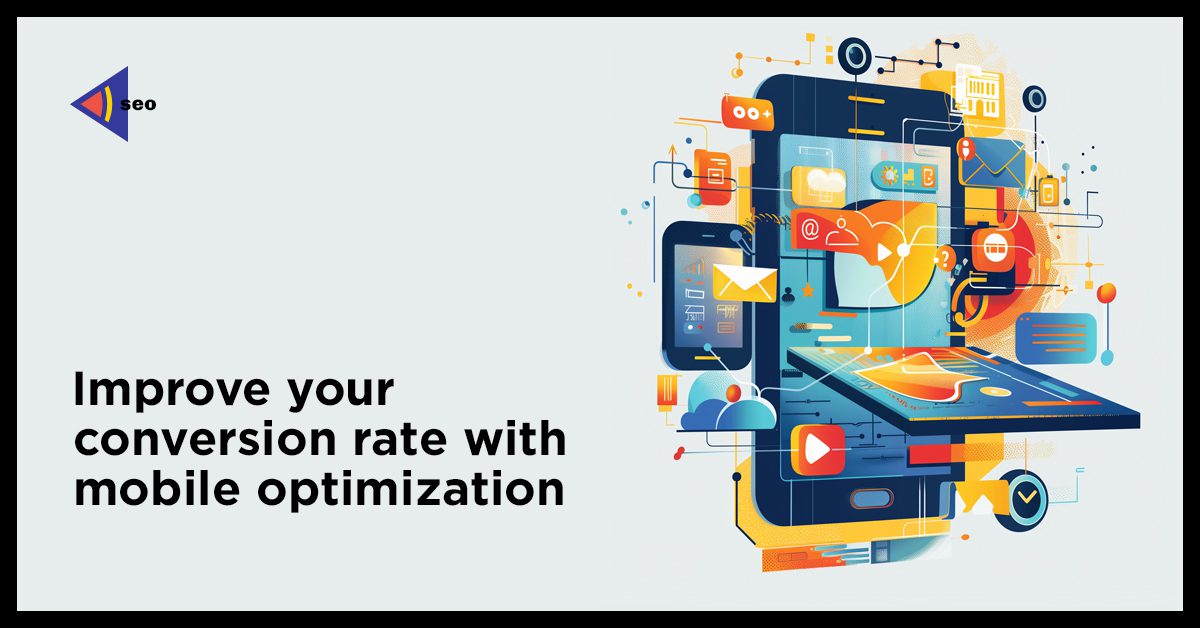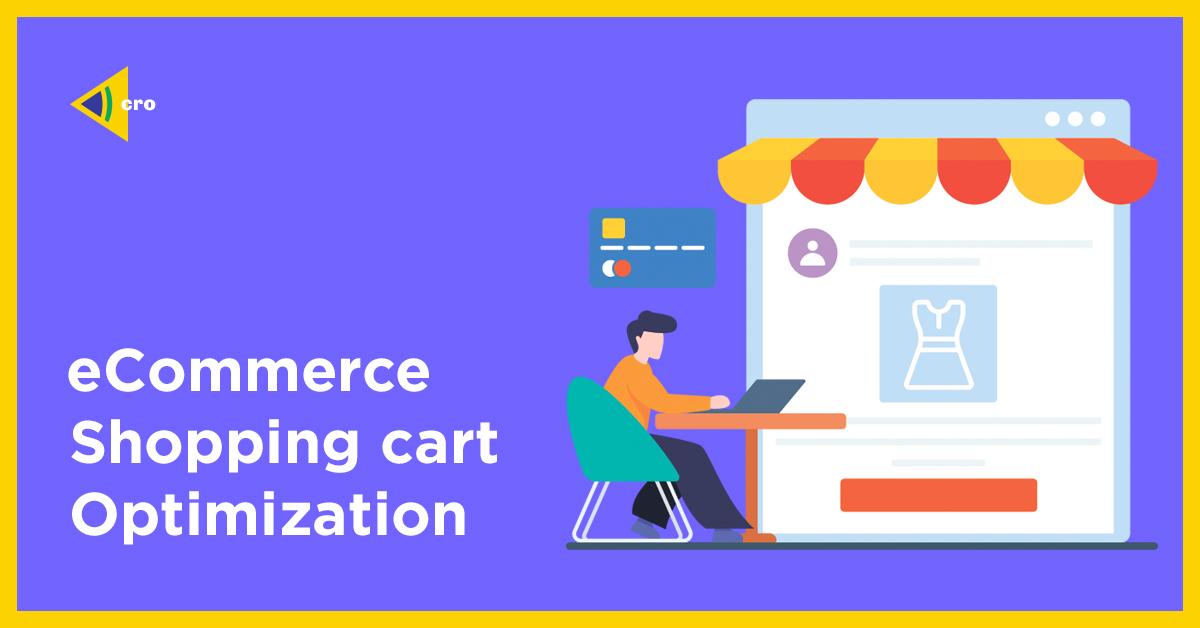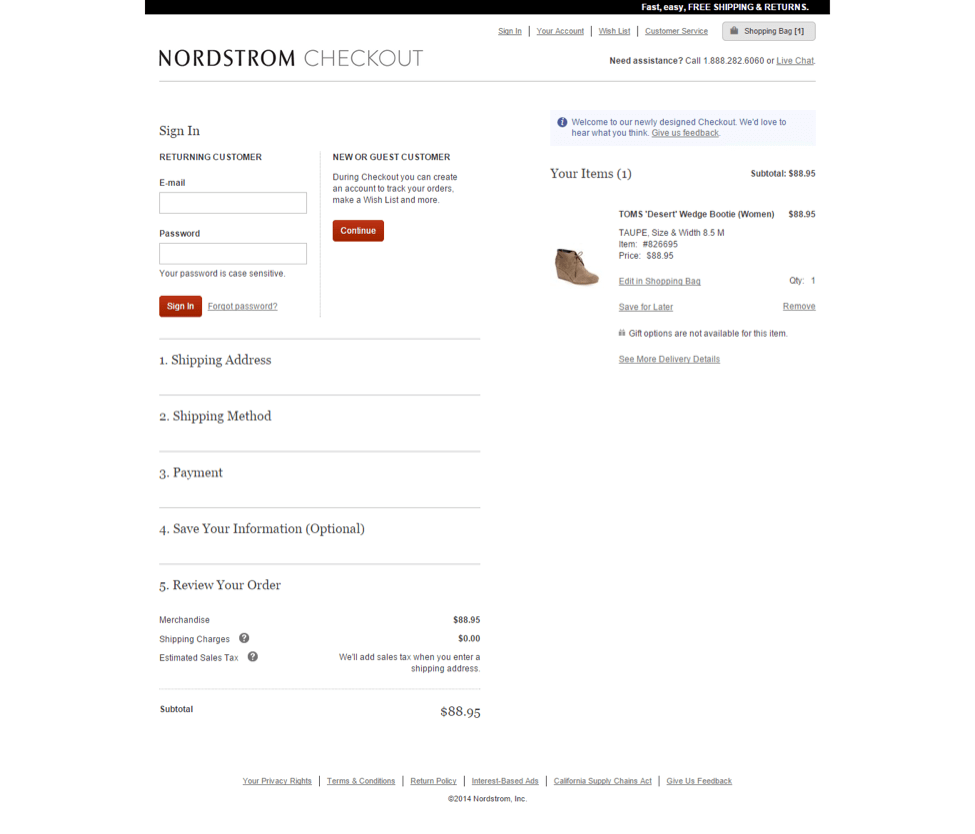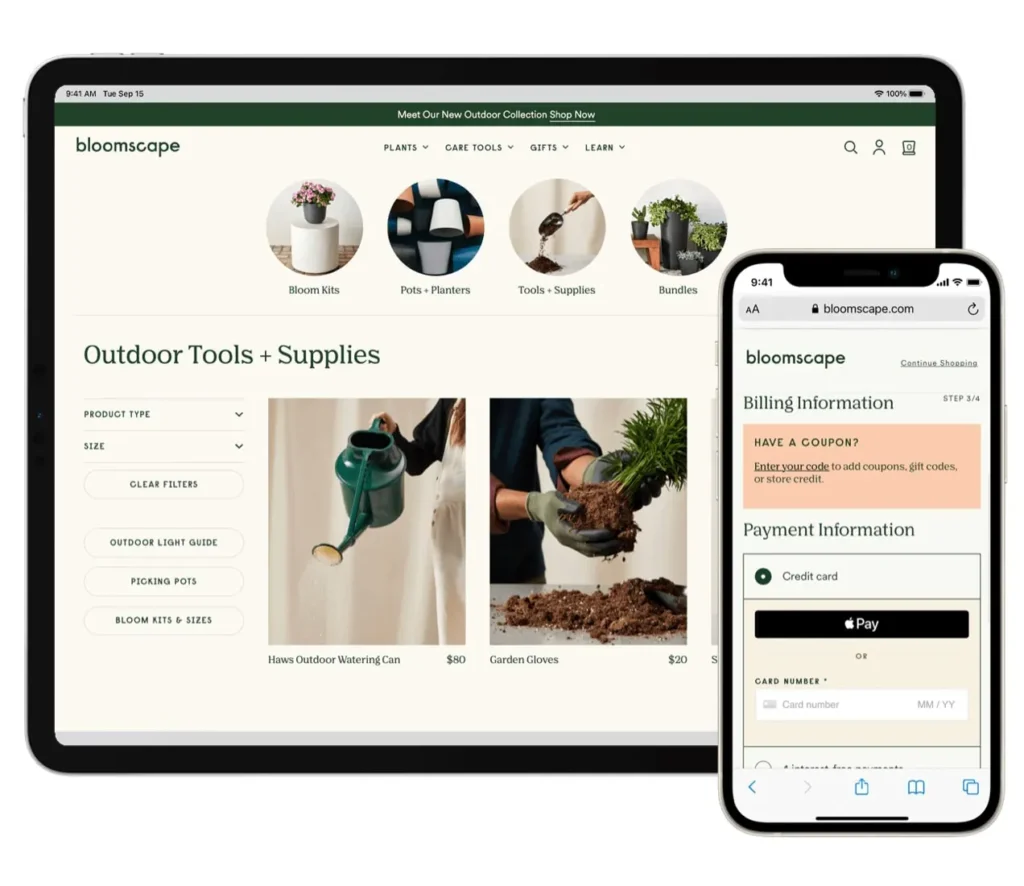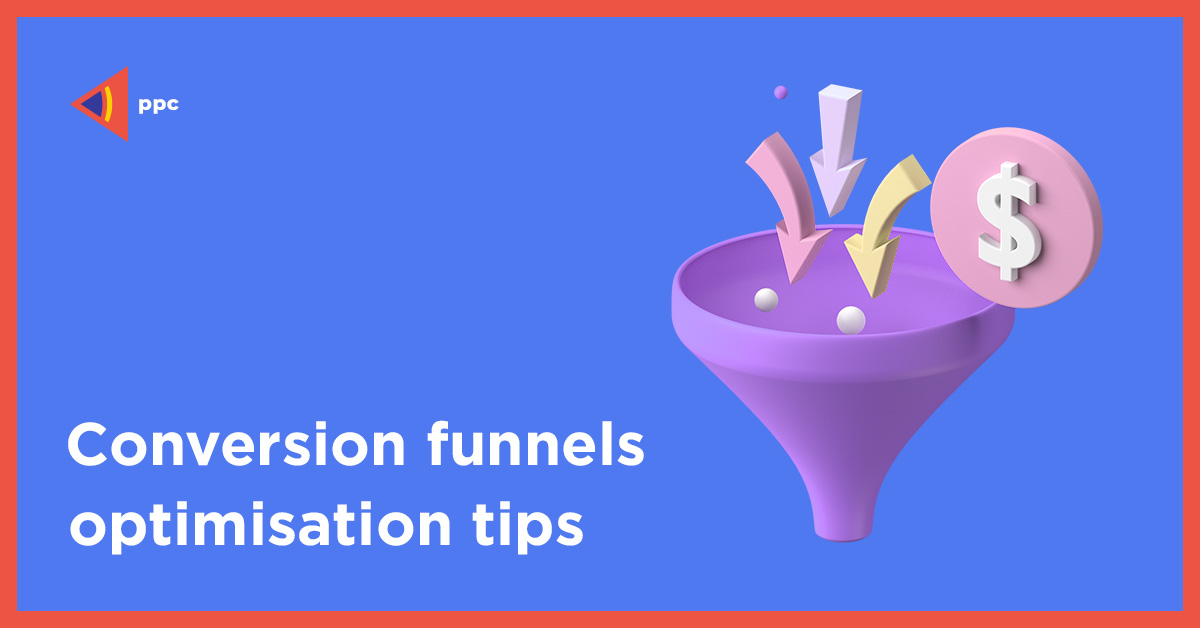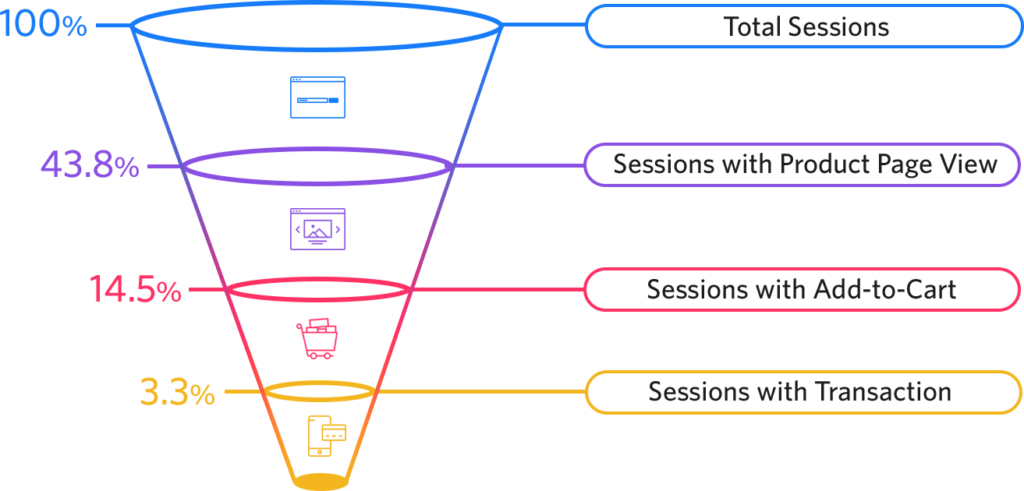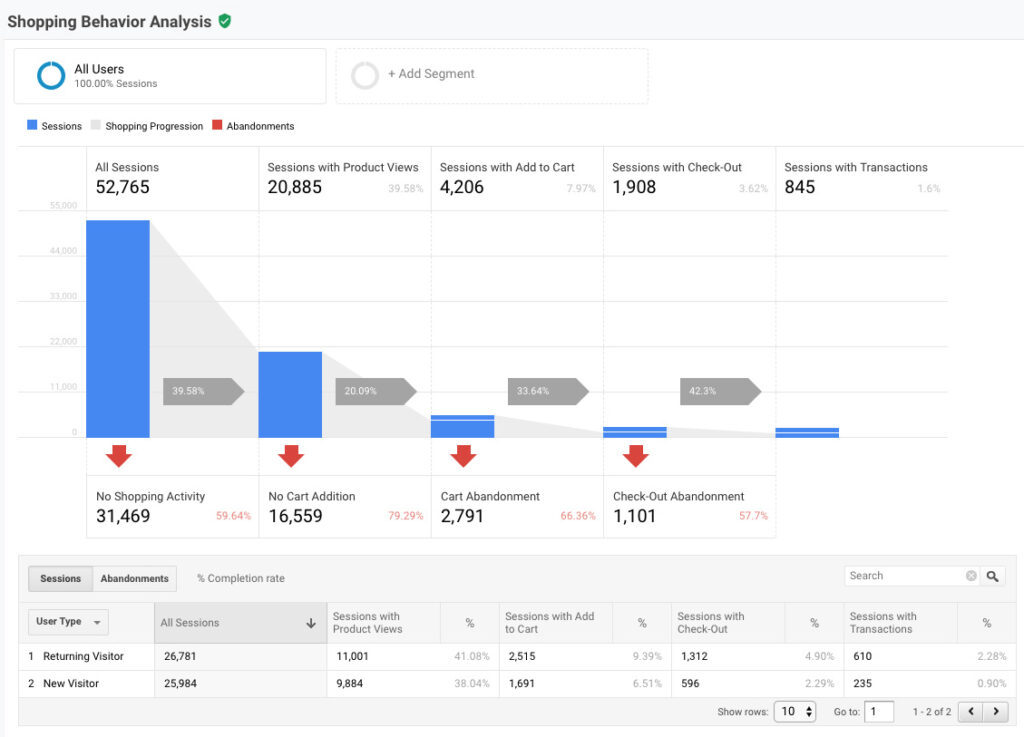Improve your conversion rate with mobile optimization
When conversion rates are low, it’s tempting to throw money at the problem in search of a quick solution. Resist this temptation, as the key to a higher conversion rate is not always to invest more money in advertising campaigns or a flashy new marketing initiative.
No, the solution is considerably simpler. Mobile optimization!
Beginning with the mobile experience of your website makes sense. More than 50% of Americans spend about 5-6 hours per day on their smartphones. They will likely access your website through their mobile devices. That is, your website must be prepared.
Below are our top four mobile conversion rate optimization recommendations. Follow them, and you’ll end up with a site that is clean, compelling, and focused on the customer – and ready to convert.
What does mobile optimization mean?
Mobile optimization is the process of customizing your website for users who access it via a mobile device, such as a smartphone or tablet, rather than a desktop computer.
It involves ensuring that the layout, structure, and content of your website are optimized for mobile devices. So why is this significant?
Consider the consequences of a website that is not mobile-optimized. The content appears misshapen or improperly sized. Elements on the page appear to have a life of their own; you must zoom in and out frantically to read the text on the screen.
The user experience (UX) is poor. Furthermore, it is detrimental to business. 57% of mobile users will not recommend a company with inadequate mobile optimization.
Inadequate mobile optimization, or its absence, results in a frustrated user. And frustrated users seldom convert to paying customers!
How to maximize conversion rate with a mobile optimization: 4 best tips
Prepared to maximize your conversion rates and make your website mobile-friendly simultaneously? Here are our four top tips for mobile optimization:
- Provide a streamlined checkout process
- Add product recommendations to the page
- Offer more payment options.
- Enhance your calls to action – and make them remarkable
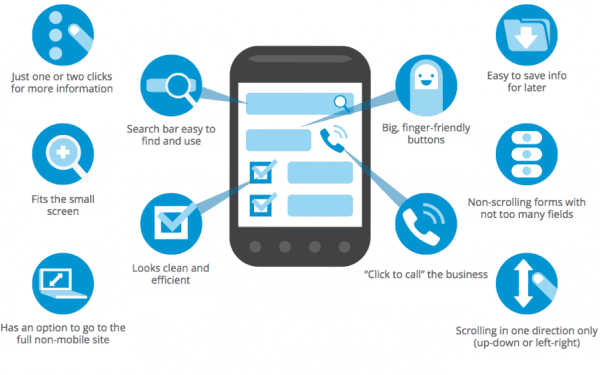
Offer a clean and easy checkout process
The first way to increase conversion rates on your mobile site? Optimizing your checkout flow to provide a frictionless checkout experience.
How you accomplish this depends on how you constructed your website. However, a few general tips include:
- Enabling guest checkout so that users are not deterred from purchasing by having to create an account.
- Offering a variety of shipping options
- Reducing the number of form fields (i.e., the depth of customer information required)
- Displaying identification badges to increase consumer confidence.
Add Product Recommendations to the Page
Including product recommendations directly on the product page is a low-effort and high-impact action for mobile optimization.
On-page product recommendations could be products the customer has recently viewed or products that are comparable to the ones they are currently viewing. These will appear in the frame as the customer browses your store on their mobile device, allowing them to quickly and easily navigate to products of interest.
On-page product suggestions are excellent for UX. However, they are also beneficial to your conversion rates, as they remove one more obstacle to a customer making a purchase.
Provide additional payment options
Providing a variety of payment options is no longer a “nice-to-have” in the present day.
It is indispensable. It’s one of the most important decisions you’ll make for your website, along with selecting a web host and constructing your site on the most suitable platform.
Today’s consumers are more discerning than ever before. Many are skeptical of the online payment process, while others want it to be as streamlined, seamless, and quick as possible.
What’s your role? To ensure that your customers can use a variety of payment methods, including:
- Mobile wallets: Google pay, Apple pay, etc.
- Debit and credit cards.
- PayPal wallet or app.
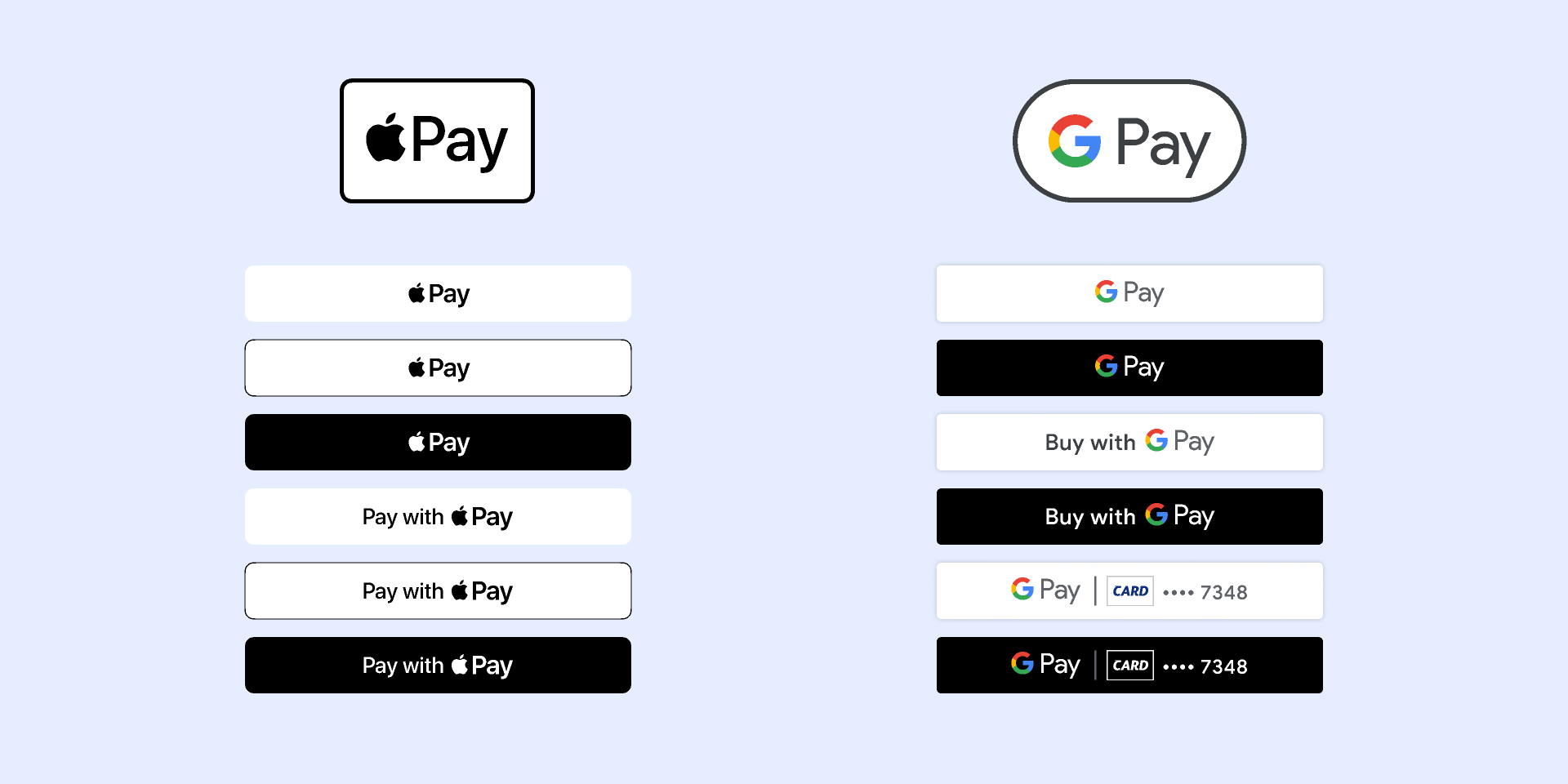
Millennials are particularly fond of the ease and convenience that mobile wallet payments provide. According to Statista, Generation Y accounts for 46% of digital or mobile wallet payments in the United States.
Also, you can target Generation Z by providing a “Buy Now, Pay Later” (BNPL) service. 55.1 percent of Gen Z consumers aged 14 and older in the United States will use a BNPL service at least once this year.
Enhance Your Calls-To-Action – And Their Visibility
To maximize conversions, compelling calls to action are required.
Therefore, take the time to evaluate the content, placement, and design of your website’s current calls to action. Are they:
- Start with commanding verbs that generate interest and enthusiasm.
- Develop a sense of urgency?
- Demonstrate to the customer the advantages of taking action.
Remember that you are optimizing these CTAs for mobile devices. Consider your users and how they interact with your website. They are already on their phones, so how can you leverage this to improve your calls to action?
One tip is to use CTAs based on phone calls. Instead of asking them to fill out a lengthy contact form or send an email – both of which are more difficult to complete on a mobile device or while on the go – invite them to call with their questions.
Moreover, CTAs are not just about the text – what they say – but also about their appearance. Ensure that they stand out from the rest of the page’s content (you want people to realize they’re viewing a CTA, after all!). Utilize the effective simplicity of white space. And, if there is a button, ensure that it is large, bold, and screams “Click me!”
Summary
Mobile optimization will not only enhance the appearance, feel, and functionality of your website. It will boost your conversion rates and help you expand your online business. Your google ads campaigns or search engine optimization give you more results with a good optimized website.
Therefore, best of luck, and have a great time applying these tips. Mobile optimization is a complex and time-consuming process. But the result will be worth it – believe us!

